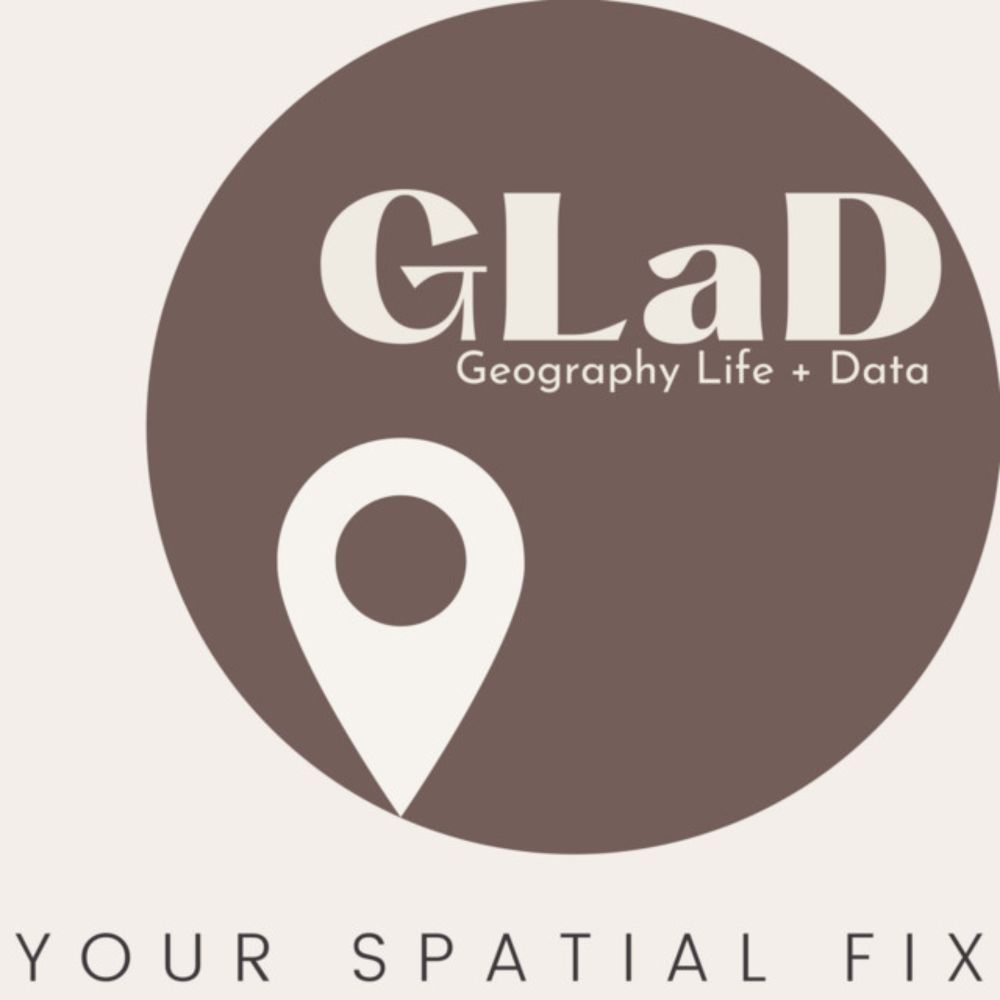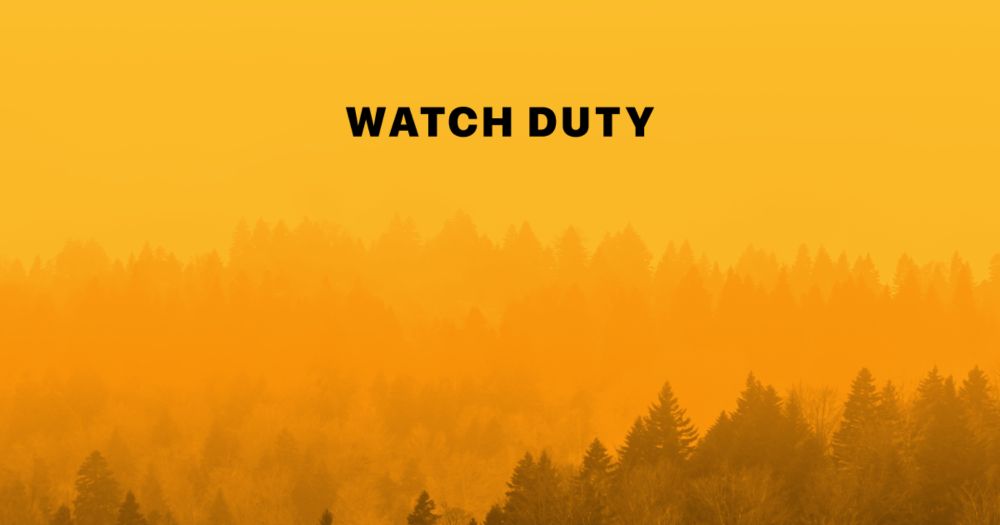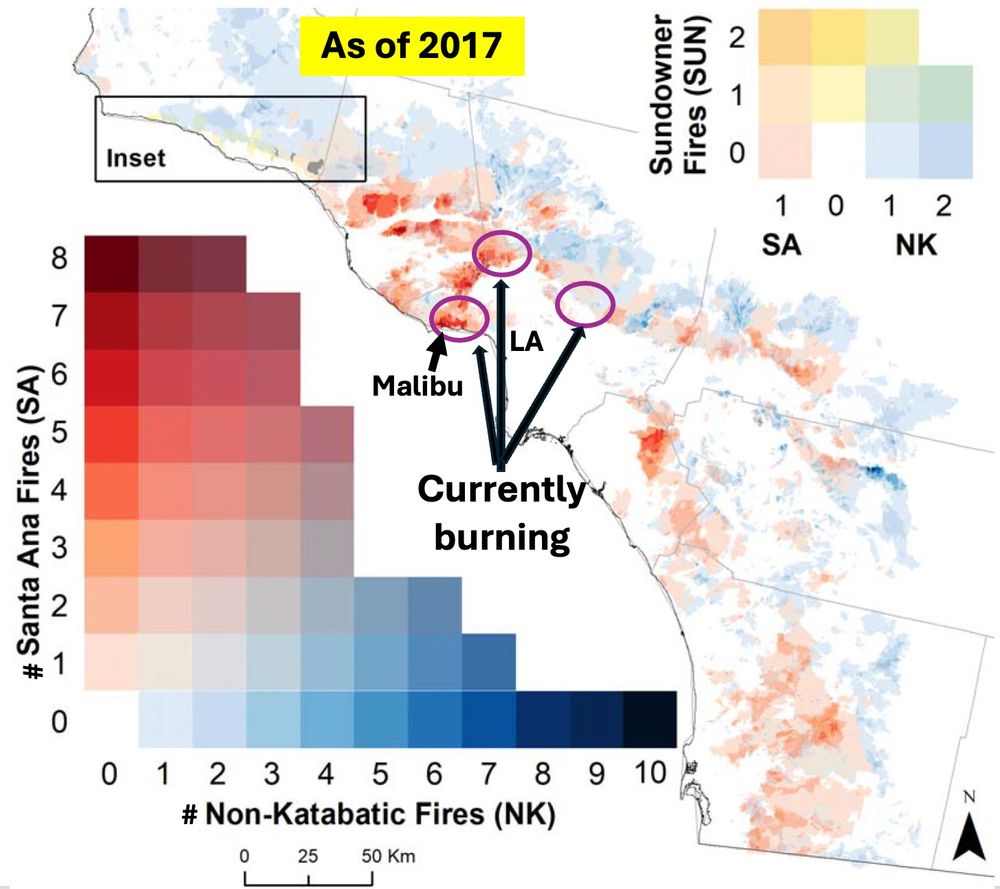I am a geographer that uses big data at fine grained scales to answer questions about natural hazards, health, and population dynamics to better inform decision making in and for those communities.

www.sciencedirect.com/science/arti...
🧵 1/8
doi.org/10.1093/cjre...


open.spotify.com/episode/4H6K...

open.spotify.com/episode/4H6K...
www.watchduty.org






📷 Ethan Swope/AP Photo & Josh Edelson/Getty Images




📷 Ethan Swope/AP Photo & Josh Edelson/Getty Images
Human-caused climate change means hot, dry, windy conditions happen more often, priming landscapes to burn more easily if ignition occurs
Matt Jones et al 2022 agupubs.onlinelibrary.wiley.com/doi/10.1029/...

Human-caused climate change means hot, dry, windy conditions happen more often, priming landscapes to burn more easily if ignition occurs
Matt Jones et al 2022 agupubs.onlinelibrary.wiley.com/doi/10.1029/...

www.sciencedirect.com/science/arti...
🧵 1/8

www.sciencedirect.com/science/arti...
🧵 1/8
We examine the economic trajectory of left behind places and the children who grow up in them. #geo
academic.oup.com/cjres/advanc...

We examine the economic trajectory of left behind places and the children who grow up in them. #geo
academic.oup.com/cjres/advanc...

